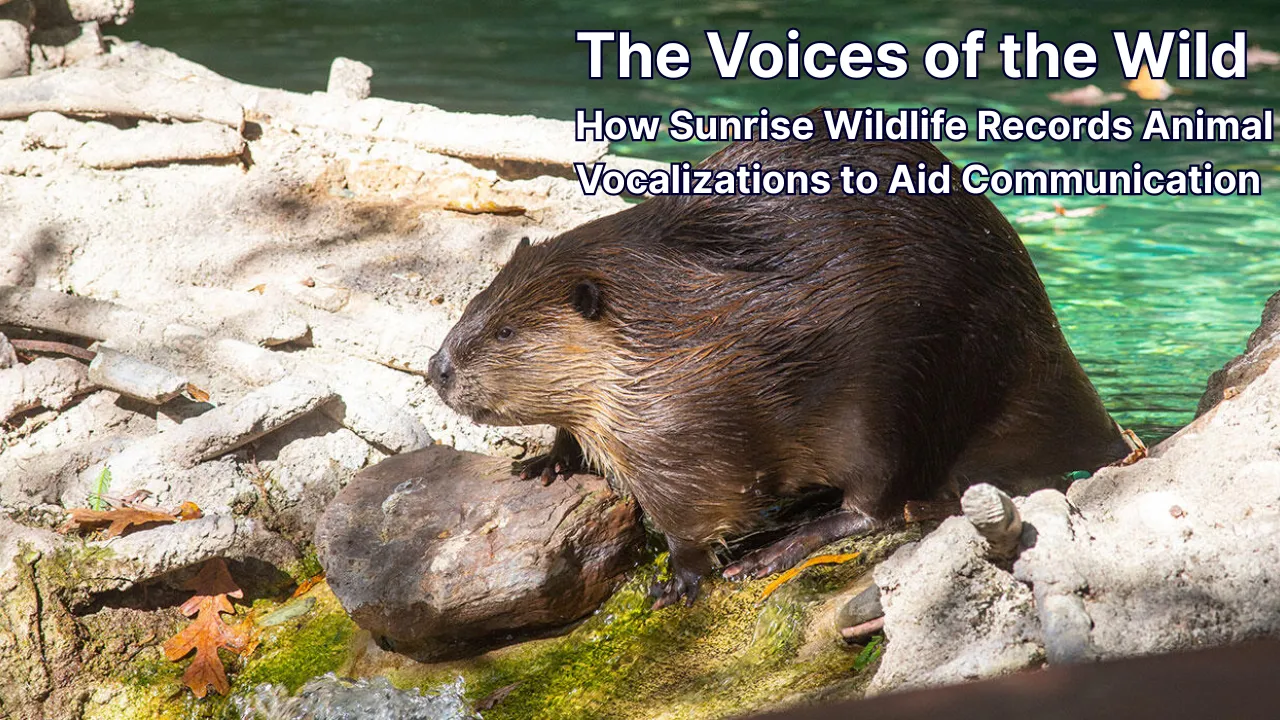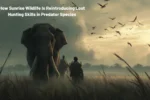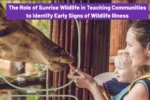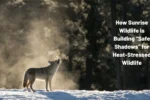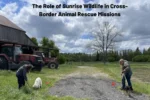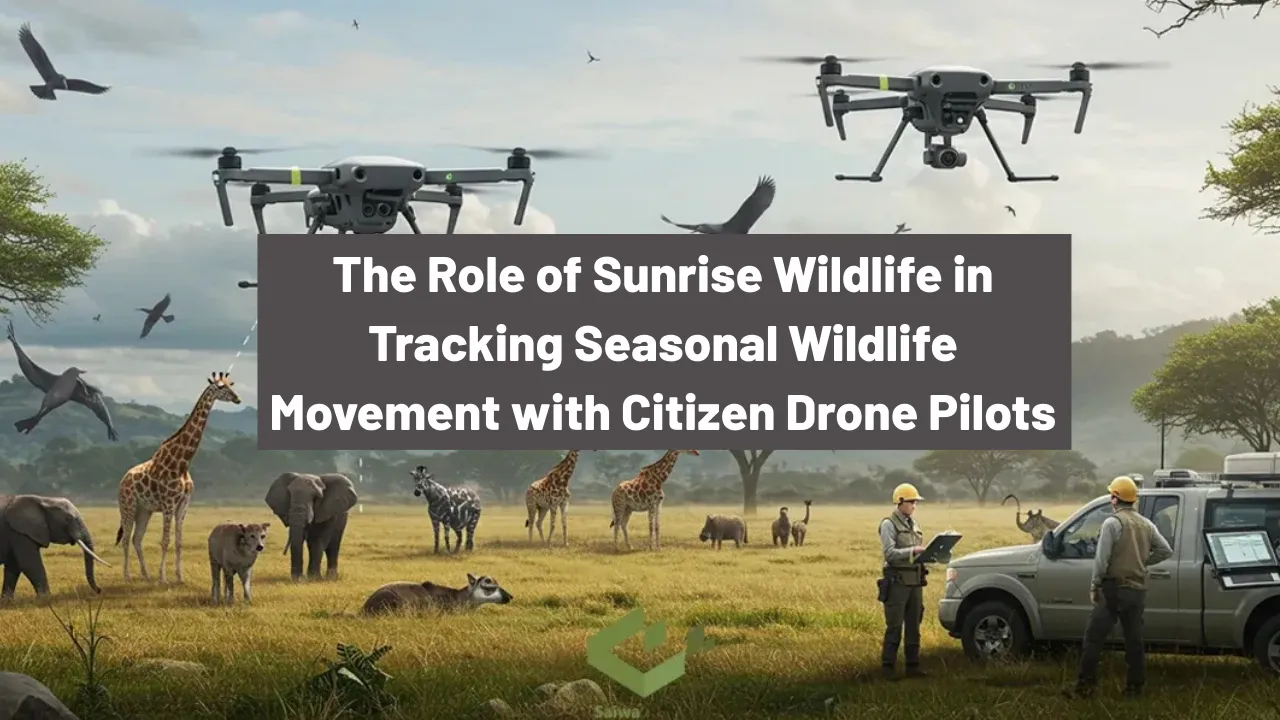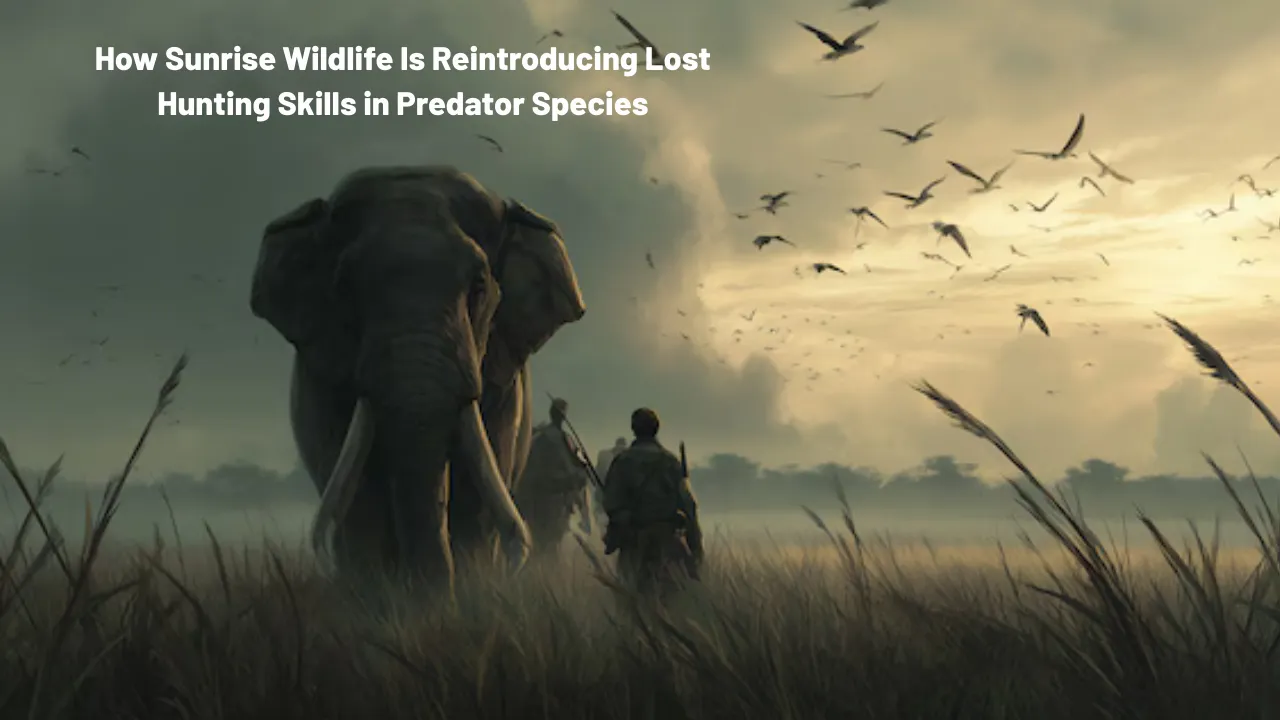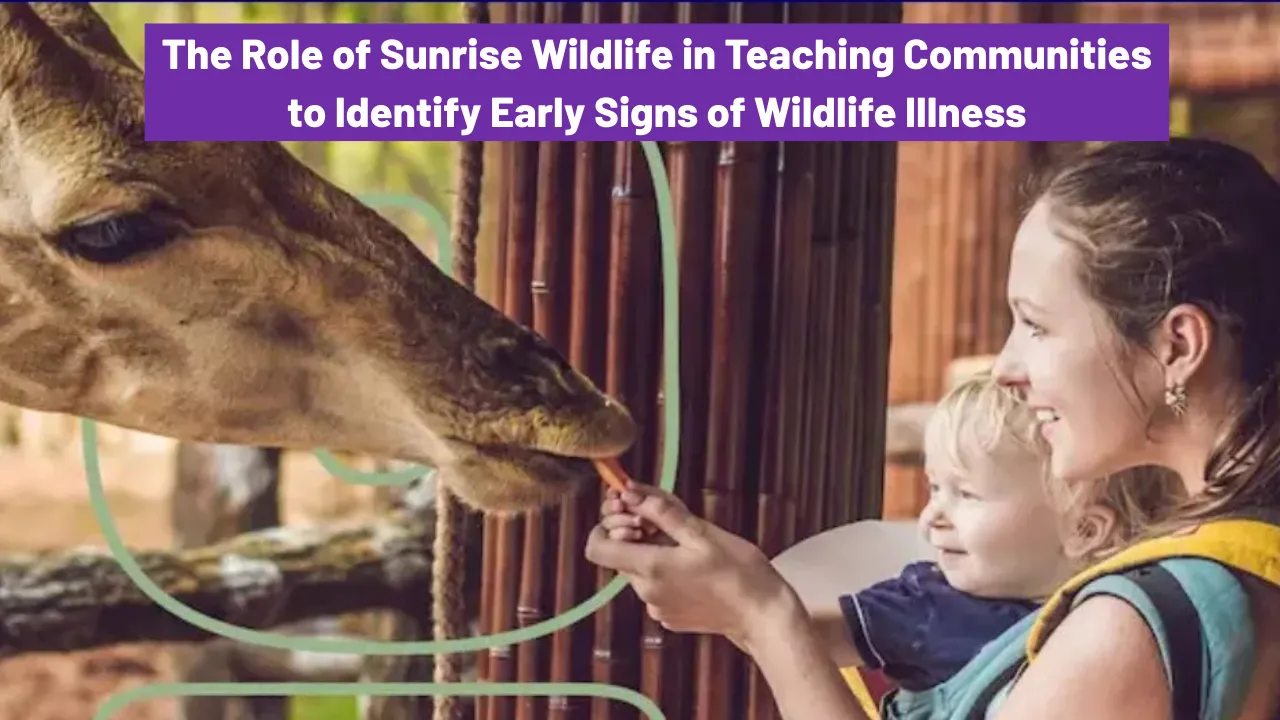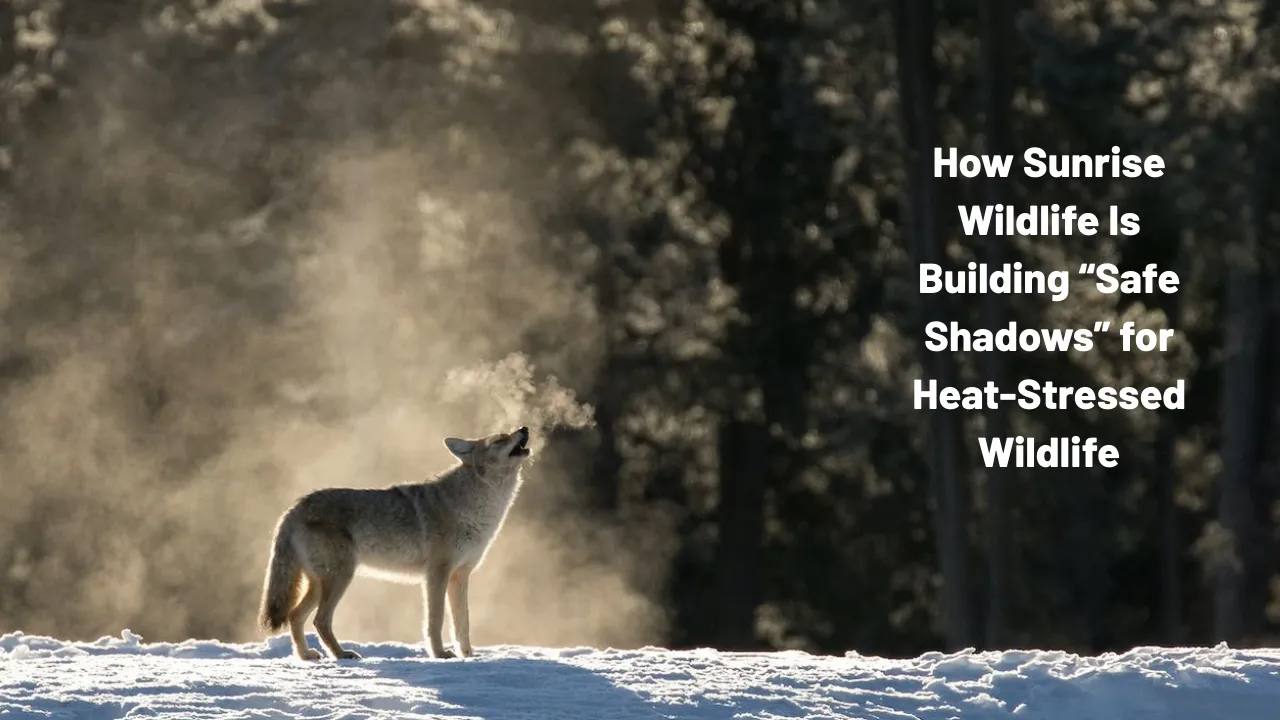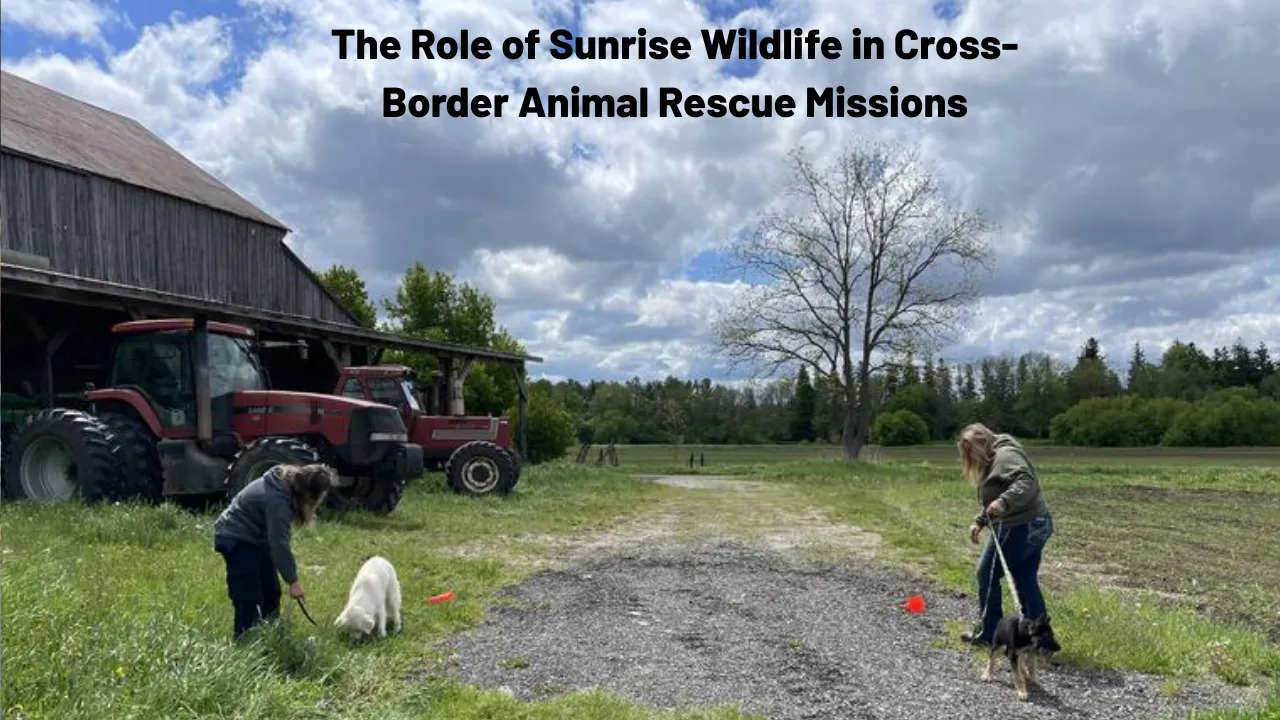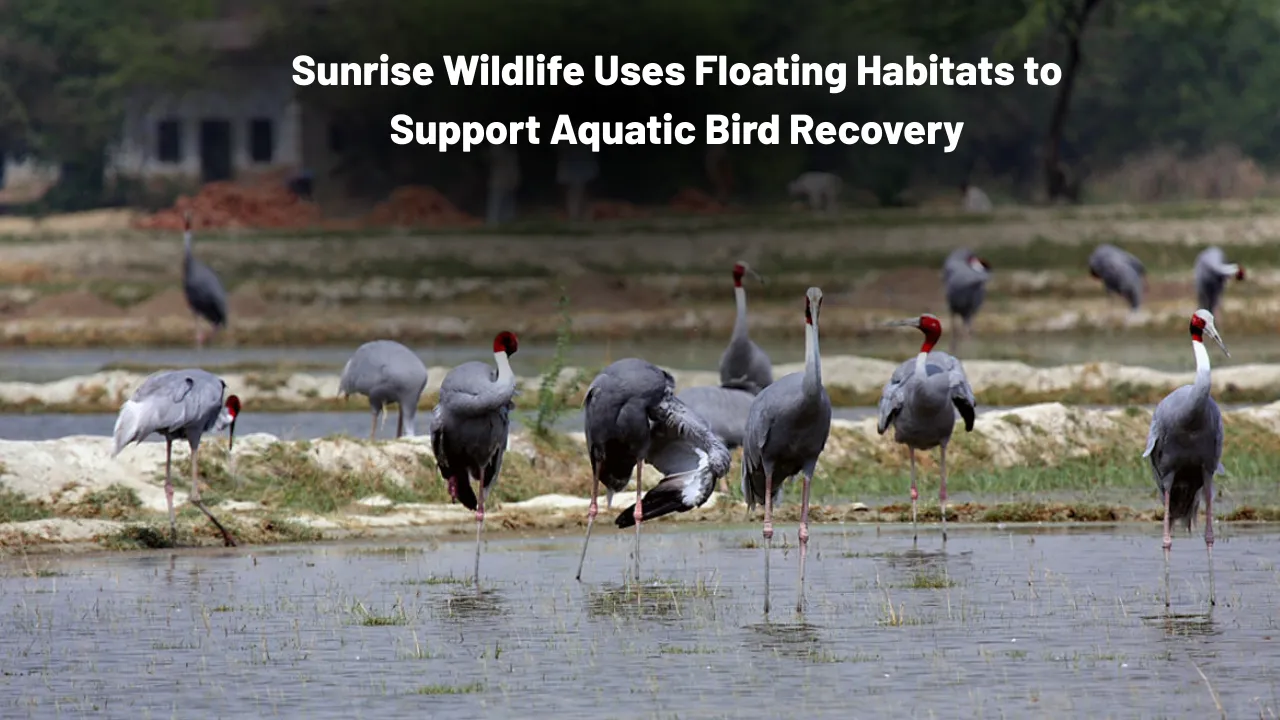Animal Vocalizations: Animal vocalizations are a powerful tool in understanding the unseen world of wildlife. From the eerie howl of a distant wolf to the cheerful song of a morning bird, these sounds shape how animals interact with one another and their environment. But until recently, humans have only scratched the surface of this natural communication system.
Thanks to dedicated research teams like Sunrise Wildlife, we’re now gaining deeper insights into how animals use sound. This article explores how this organization captures and decodes wildlife sounds, what these recordings reveal about animal behavior, and how this work contributes to broader conservation efforts. We’ll look at the technologies behind it, why these sounds matter, and how people everywhere can engage with the voices of the wild.
Understanding Animal Vocalizations
Animal vocalizations are not just random noises. They are structured, purposeful, and carry meaning. Whether it’s a territorial call, a mating signal, or a distress cry, each sound plays a role in survival and communication. Sunrise Wildlife’s mission is to document and analyze these calls using modern tools like acoustic sensors and AI-based sound analysis. By studying these vocal patterns, we can identify species, track movement, and even understand emotional states. This form of acoustic monitoring offers a non-invasive way to study wildlife, helping conservationists protect ecosystems more effectively. The growing field of bioacoustics is changing how we listen to nature, and with it, how we protect it.
Overview of the Project
| Feature | Details |
| Organization | Sunrise Wildlife |
| Core Focus | Recording and analyzing animal vocalizations |
| Tools Used | Field recorders, AI software, remote audio sensors |
| Primary Goals | Understand animal communication and support conservation |
| Key Techniques | Bioacoustic analysis, species identification |
| Wildlife Studied | Birds, mammals, amphibians, marine animals |
Why Recording Animal Vocalizations Matters
Capturing animal vocalizations provides a lens into how animals live, interact, and respond to their surroundings. Unlike visual sightings, sound allows researchers to monitor species even when they are hidden from view. This is particularly important in dense forests, underwater environments, or during nighttime hours.
Through consistent wildlife recording, Sunrise Wildlife can track long-term changes in animal populations and behaviors. If a species suddenly goes silent in a particular area, it might signal migration, disturbance, or even decline due to human interference. These audio clues are early warning signs that visual surveys might miss, making sound a vital part of modern conservation technology.
The Technology Behind Wildlife Sound Recording
Modern wildlife sound recording involves much more than pressing a record button. Sunrise Wildlife uses robust field recording equipment designed to withstand extreme weather and remain undisturbed by animals. Some devices are solar-powered, enabling months of uninterrupted data collection.
In the lab, scientists rely on sound analysis software that can break down complex vocalizations into visual patterns called spectrograms. These help identify pitch, duration, and rhythm, revealing details about the vocal source. Advanced tools also apply machine learning to classify species and even predict behavior based on call variations. This mix of tech and biology represents the cutting edge of animal communication research.
Benefits of Understanding Animal Vocalizations
Decoding animal vocalizations offers a wide range of benefits. For one, it allows scientists to monitor species that are difficult to observe directly, such as nocturnal or elusive animals. It also offers new methods for detecting invasive species or tracking endangered ones.
Wildlife behavior can be studied without human presence, reducing the risk of stress or interference. These sound studies also provide long-term ecological data, helping track how animals react to urban expansion, climate change, and deforestation. Most importantly, they contribute to the development of policies and protections for fragile ecosystems.
How Sunrise Wildlife Is Making a Difference
Sunrise Wildlife has deployed hundreds of remote audio recorders across forests, coastlines, wetlands, and savannas. Each recorder collects nature sounds 24/7, capturing everything from the rustling of leaves to complex bird choruses. These sounds are uploaded to a central database, analyzed, and used to build species profiles and sound libraries.
What sets them apart is their outreach. Through online platforms and local events, Sunrise Wildlife shares the raw and edited recordings with the public. This direct access allows communities to engage with the environment in new ways—by simply listening. Schools, researchers, and wildlife enthusiasts benefit from a deeper emotional connection to animals, which fosters greater support for conservation causes.
Common Animal Sounds and What They Mean
Every sound in nature has a reason behind it. Here are some of the most common animal vocalizations and their meanings:
- Birdsong: Often used to mark territory or attract mates during breeding season.
- Wolf howls: Serve to maintain pack unity or warn others to stay away from their hunting ground.
- Elephant rumbles: Low-frequency sounds that can travel miles and coordinate group movement.
- Frog croaks: Typically linked to mating behavior, especially after rain.
- Whale songs: Complex patterns used for both navigation and social bonding.
These examples show just how diverse and intentional animal communication can be.
Key Uses of Animal Vocalizations:
1. Species Identification
- Unique vocal patterns help identify animals, even if they are not visible.
- This allows researchers to map species distribution across large areas.
2. Detecting Environmental Changes
- Changes in vocal behavior may indicate stress, pollution, or habitat destruction.
- It helps scientists spot trouble before visual signs appear.
Challenges in Recording Animal Vocalizations
Despite the benefits, collecting and interpreting animal vocalizations isn’t always easy. Background noises such as wind, rain, or human activity can interfere with recordings. Additionally, similar species may produce nearly identical calls, complicating species identification.
The diversity of animal sounds also means that researchers need extensive sound libraries to make accurate comparisons. Interpreting the emotional or social meaning behind a call requires more than just technology—it demands time, patience, and contextual knowledge of the species and environment.
The Future of Animal Vocalization Research
The future of this field is promising. As AI continues to improve, real-time analysis of animal vocalizations could become the norm. Field recorders may soon be able to send alerts to conservationists the moment they detect stress signals or unfamiliar species in sensitive areas.
Sunrise Wildlife is already piloting projects that combine sound data with satellite mapping and motion-triggered cameras. The integration of these tools will create a more complete picture of how animals interact with their surroundings, offering stronger data for policy decisions and environmental protection.
FAQs
What are animal vocalizations?
Animal vocalizations are the natural sounds animals make to communicate, such as calls, songs, growls, or whistles.
Why do researchers record animal vocalizations?
To study wildlife behavior, track species, and monitor environmental changes without disturbing the animals.
What tools are used for wildlife sound recording?
Field recorders, directional microphones, AI-powered analysis software, and acoustic sensors.
How does sound help identify species?
Each species has a unique vocal signature that can be recognized through sound analysis and spectrograms.
Can sound recording detect environmental threats?
Yes, sudden silence or changes in sound patterns can indicate danger or habitat disruption.
Final Thought
Listening to the wild reveals a dimension of nature that many of us never experience. Animal vocalizations connect us to creatures whose lives depend on being heard and understood. Sunrise Wildlife’s mission brings these voices to the forefront of conservation, helping both scientists and everyday people reconnect with the living world.
By supporting sound-based research and exploring the audio wonders of nature, we can all play a role in protecting our planet’s diversity. If you’ve ever been moved by a bird’s song or a whale’s call, now is your chance to tune in and make a difference.
